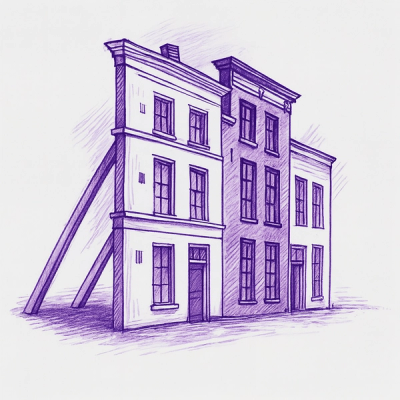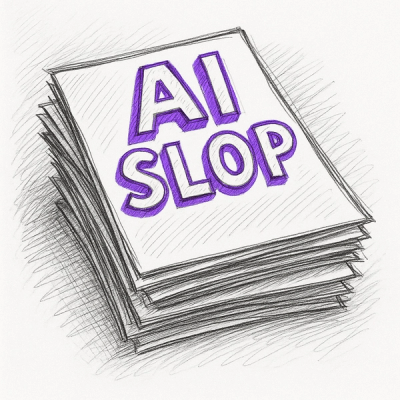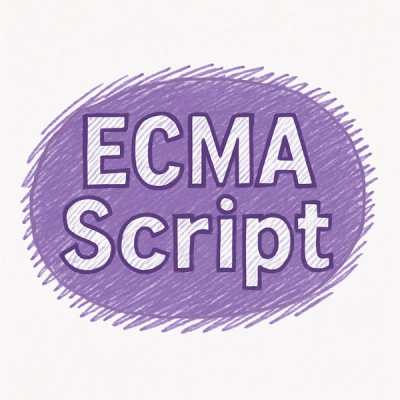
Security News
Potemkin Understanding in LLMs: New Study Reveals Flaws in AI Benchmarks
New research reveals that LLMs often fake understanding, passing benchmarks but failing to apply concepts or stay internally consistent.
This package contains a number of basic plugins to kick start your DjangoCMS project, such as Twitter Bootstrap navbar and buttons, Facebook and Twitter buttons, a Style Modifier, Google Analytics tracking code, Google fonts, meta tags and resizable pictures.
This package contains a number of basic plugins to kick start your Django-CMS project.
Some default to the Twitter Bootstrap look, but can be adjusted using the setting RT_FRONT_END_FRAMEWORK.
Currently "BOOTSTRAP" and "JQUERY-MOBILE" are recognised.
I use this in conjunction with cmsapp-rt, which gives me a global placeholder for the navbar and
banner pictures, as well as some logic for body padding with a fixed-to-top navbar.
::
(a number of Twitter Bootstrap and JQueryMobile classes are pre-configured)
add `RT_MORE_STYLE_CLASSES` to settings.py to add more options to the drop-down list
you will need to add a line like this to settings.py:
`ALLOWED_MODELS_IN_RT_CAROUSEL = [{'app_label':'myapp', 'model':'screenshotgroup'},]`
additional explanation in the comments and at:
http://stackoverflow.com/questions/16999421/how-do-i-adapt-django-foreignkey-to-a-reusable-app
(rt_carousel is under development and still subject to significant change)
Detailed documentation is in the "docs" directory (pending).
I built these using:
I am using them with
Add the desired plugins from cmsplugin-rt to your INSTALLED_APPS setting like this::
INSTALLED_APPS = ( ... 'cmsplugin_rt.button', 'cmsplugin_rt.facebook_button', 'cmsplugin_rt.button_appstore', 'cmsplugin_rt.google_analytics', 'cmsplugin_rt.google_font', 'cmsplugin_rt.hbar', 'cmsplugin_rt.mailchimp_form', 'cmsplugin_rt.meta_icons', 'cmsplugin_rt.navbar', 'cmsplugin_rt.open_graph', 'cmsplugin_rt.resizeable_picture', 'cmsplugin_rt.self_calc_pagination', 'cmsplugin_rt.spacer', 'cmsplugin_rt.style_modifier', 'cmsplugin_rt.text_minimal_markup', 'cmsplugin_rt.twitter_button', )
If you are using JQueryMobile, add to settings.py::
RT_FRONT_END_FRAMEWORK = "JQUERY-MOBILE" # "BOOTSTRAP" is the default; only these two are known
You can also set this to "" to remove Style Modifier's default Bootstrap class options.
To add custom classes to the Style Modifier, add to settings.py something like this::
from django.utils.translation import ugettext_lazy as _ RT_MORE_STYLE_CLASSES = ((".banner", _("banner")), (".warning", _("warning text")), # example classes only )
The button template is configured for Twitter Bootstrap, although the admin panel shows choices appropriate for
JQueryMobile as well.
If you want to use buttons with JQueryMobile, override the template by adding to your own project the file templates/button_plugin.html, containing::
{% load allow_special %} <a data-role="button" {% ifequal instance.button_type "inline" %}data-inline="true"{% endifequal %} {% ifequal instance.button_size "btn-mini" %}data-mini="true"{% endifequal %} data-ajax="false" href="{{ link }}"> {{ instance.button_text|allow_special }} {% if instance.arrows %} » {% endif %}
Run python manage.py syncdb (or use python manage.py migrate if you are using South) to create the models.
Add the plugins to your CMS pages in the admin panel.
Some plugins use 'spacer', 'align-center', 'align-left', 'align-right' classes, which you should implement in your css, e.g.::
.align-right { float: right; } .align-left { float: left; } .align-center { margin-left:auto; margin-right:auto; text-align:center; display: block; /* text-align:center and display:block are critical to getting this to work */ } .spacer { clear: both; }
FAQs
This package contains a number of basic plugins to kick start your DjangoCMS project, such as Twitter Bootstrap navbar and buttons, Facebook and Twitter buttons, a Style Modifier, Google Analytics tracking code, Google fonts, meta tags and resizable pictures.
We found that cmsplugin-rt demonstrated a healthy version release cadence and project activity because the last version was released less than a year ago. It has 1 open source maintainer collaborating on the project.
Did you know?

Socket for GitHub automatically highlights issues in each pull request and monitors the health of all your open source dependencies. Discover the contents of your packages and block harmful activity before you install or update your dependencies.

Security News
New research reveals that LLMs often fake understanding, passing benchmarks but failing to apply concepts or stay internally consistent.

Security News
Django has updated its security policies to reject AI-generated vulnerability reports that include fabricated or unverifiable content.

Security News
ECMAScript 2025 introduces Iterator Helpers, Set methods, JSON modules, and more in its latest spec update approved by Ecma in June 2025.